
Flying used to be something you dressed up for, not something you merely endured. Between the 1930s and 1970s, air travel was a polished, stylish experience with a sense of occasion. You weren’t just getting from point A to B—you were floating through the sky in tailored civility. But all that has changed, and the following are some things that will remain just stories.
Dining Rooms In The Sky
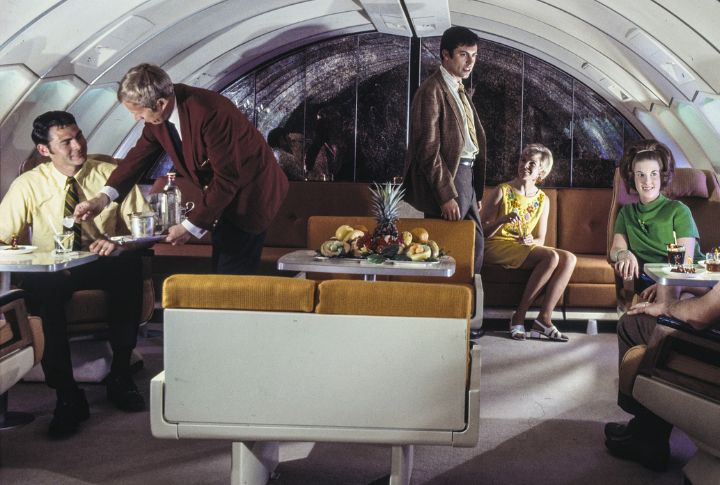
Instead of seat trays and plastic-wrapped entrees, passengers enjoyed multi-course meals in full dining lounges. On the Martin M-130, diners sat at real tables with cloth napkins and cutlery, sharing roast dinners midair. Meals weren’t eaten alone in silence but savored in a restaurant with wings.
Smoking Was Commonplace
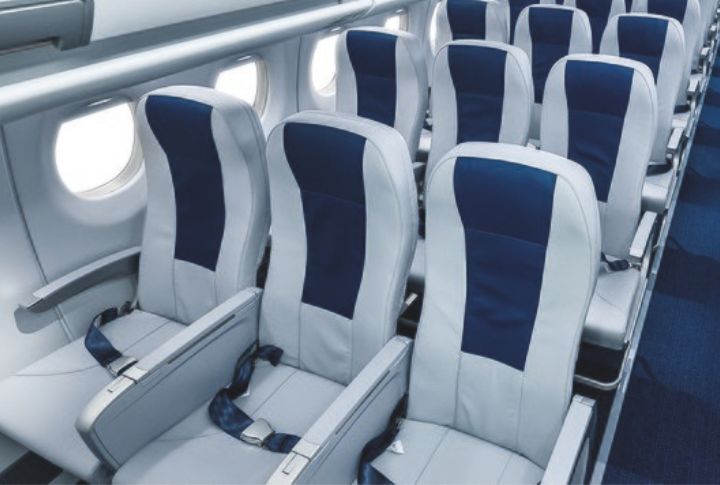
Lighting up on board was so routine that airlines built ashtrays into every seat arm. Passengers smoked pipes and cigars mid-flight, and the cabin was often filled with haze. Restrictions came slowly—pipes and cigars went first, then cigarettes—until the final ban in 2000 cleared the air for good.
Cabins Big Enough To Walk Around In
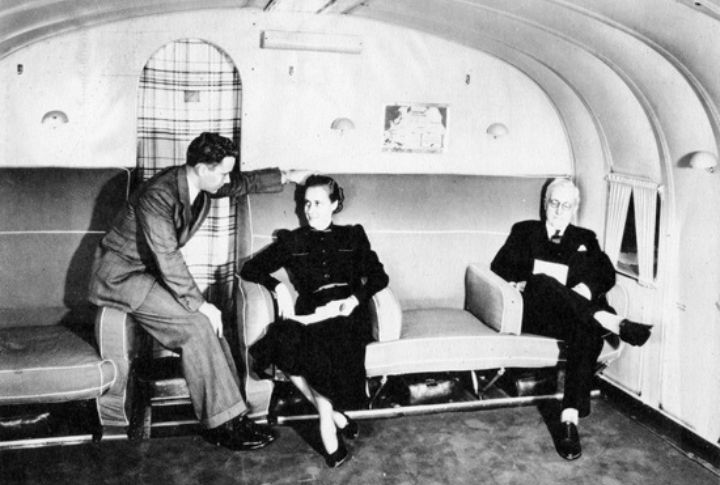
Spacious interiors weren’t limited to first class. The Boeing 314 Clipper offered broad aisles and lounges, encouraging passengers to stand, stretch, and chat. It resembled a cruise ship far more than today’s narrow-body jets. Movement wasn’t frowned upon; it was part of the flight’s rhythm.
Sleeping Quarters With Actual Beds
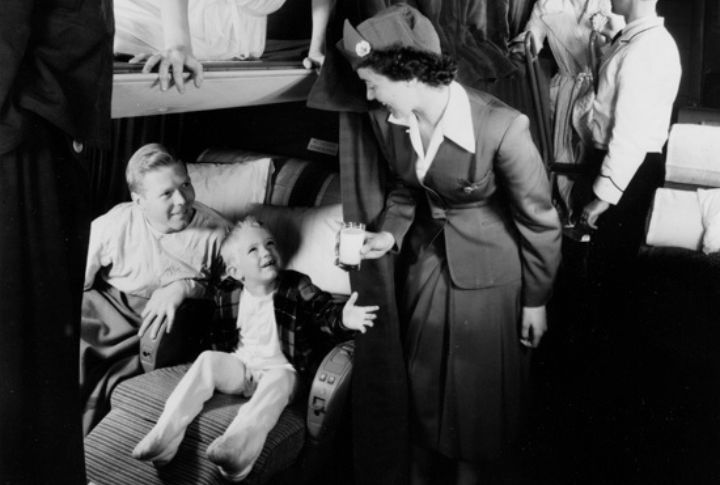
Airlines like Pan Am turned overnight flights into slumber parties with real bunks. Passengers got horizontal rest, often with blankets and pajamas included. These comforts were standard for long-haul travelers, making air travel a truly restful experience. You could nap or take a full-blown slumber, all stretched out.
Observation Decks At 30,000 Feet
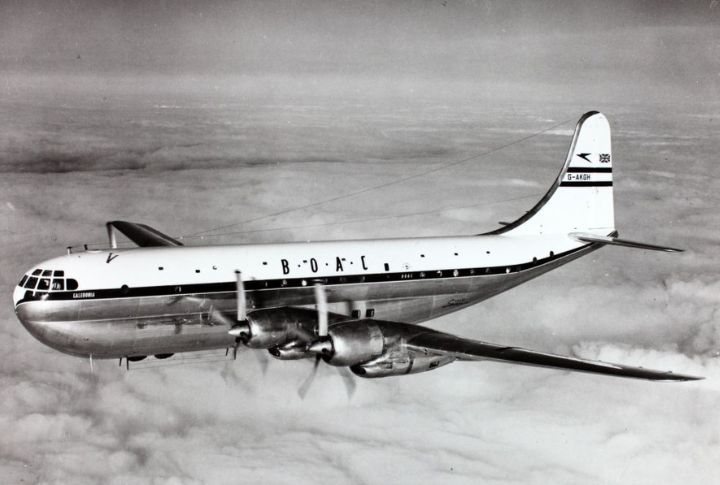
Hidden in the lower deck of the Stratocruiser, the glass-walled lounge would let passengers watch the clouds roll by in silence. Few places on Earth offered that kind of view. It was less about function and more about wonder and a rare nod to leisure over efficiency.
Gourmet Meals Rolled Out On Carts
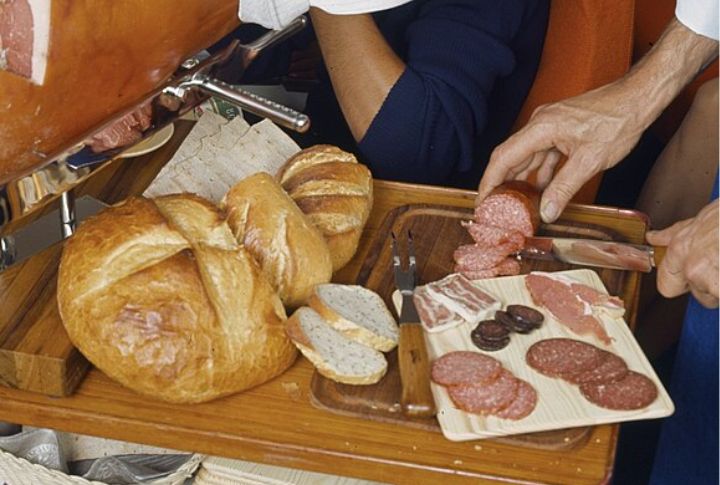
Staff in tuxedos glided through the cabin as they pushed silver trolleys laden with roast beef, caviar, champagne, and fresh-baked rolls. In the first class, dining was a performance, with meats carved mid-aisle and every detail meticulously presented. There were no sealed trays or reheated pasta, just fine dining at 30,000 feet.
No TSA, No Shoe Removal, No Liquid Limits
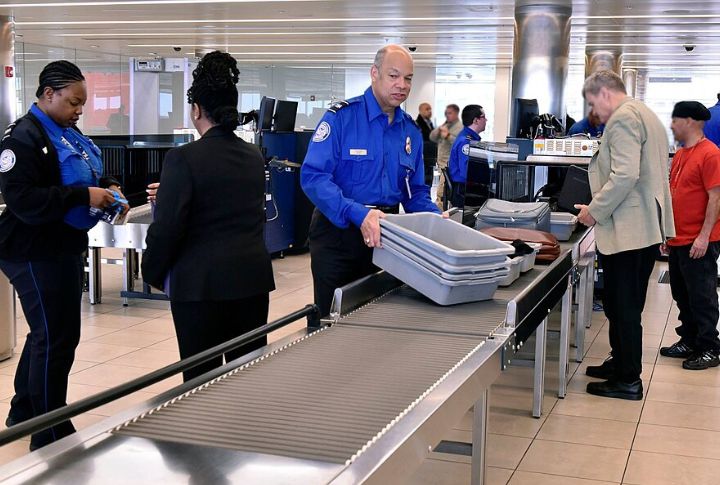
Before security became a production, flying meant breezing through the terminal. You could arrive 20 minutes before takeoff, walk straight to the gate, hug your loved ones goodbye at the stairs, and get on the plane. The ritual was quick, simple, and oddly human.
Real China And Crystal Glassware
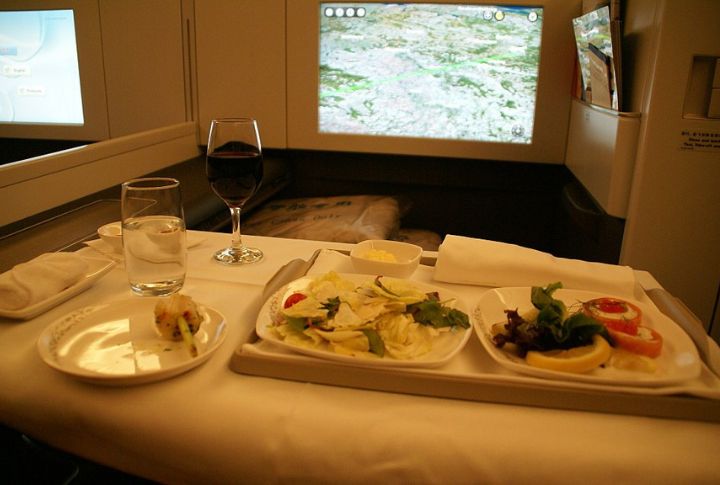
Glassware clinked. Coffee cups came with saucers. Even in the economy class, meals arrived with polished cutlery and ceramic dishware. Airlines made dining part of the experience, not an obligation. It’s hard to imagine now, but people used to keep airline menus as souvenirs.
Tables Between Seats For Conversation
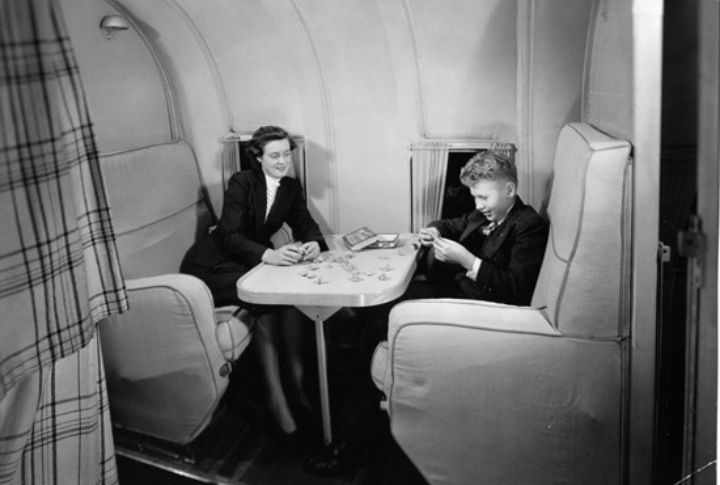
Social seating turned flights into cocktail lounges. With facing seats and shared tables, passengers played cards and made friends. This wasn’t just convenience; it encouraged community midair. Flying alone didn’t mean sitting in silence with earbuds and a screen. It meant connecting with others.
Cabin Crew With Nursing Backgrounds
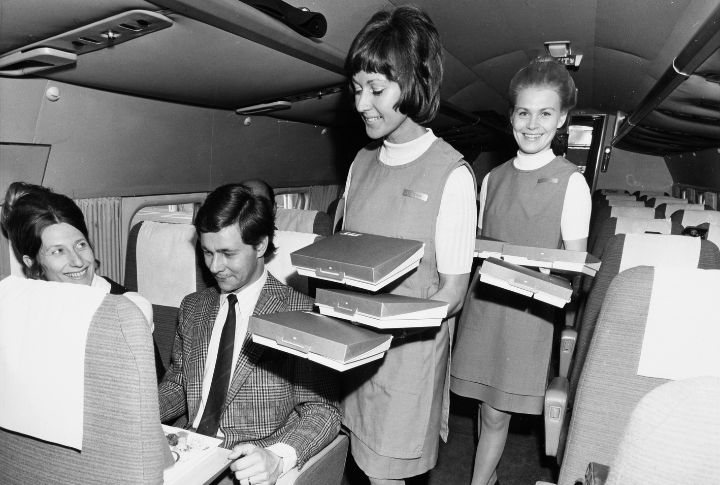
In the earliest decades, stewardesses were registered nurses trained to treat illness and calm nerves at altitude. Their roles were rooted in safety and care, not just service. Meals and smiles were part of it, but they were hired for their medical judgment as well.
Seat Belts Were Optional Early On
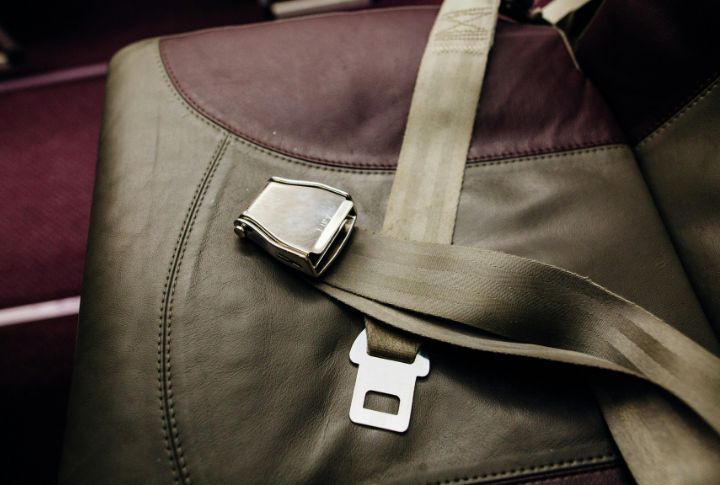
You could stand during the flight, switch seats, or stretch in the aisle without much fuss. Early aircraft had seat belts, but enforcement was minimal until the FAA stepped in. It wasn’t until the jet age that buckling up became a serious safety norm.
Dress Codes Were An Unspoken Rule
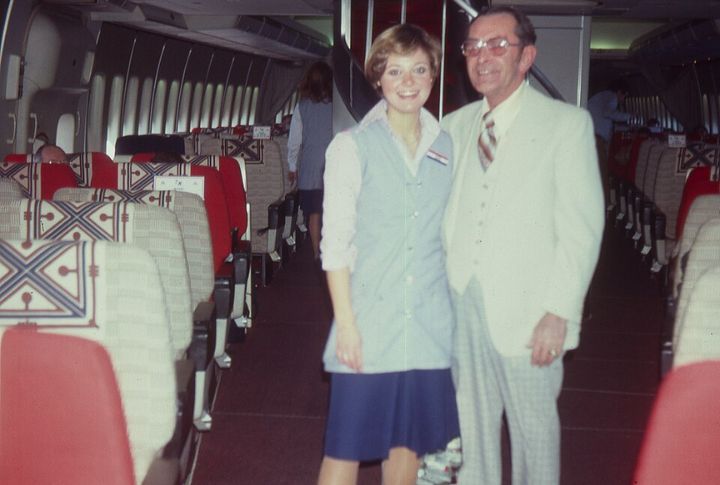
You wouldn’t dare to board a plane in sweats back then. Flying was a big deal, and the outfits matched. Men buttoned up, and women wore heels. It wasn’t enforced, but the expectation still lingered because looking sharp showed respect for the journey and even instilled self-confidence.
The Jet Age Shrunk The World
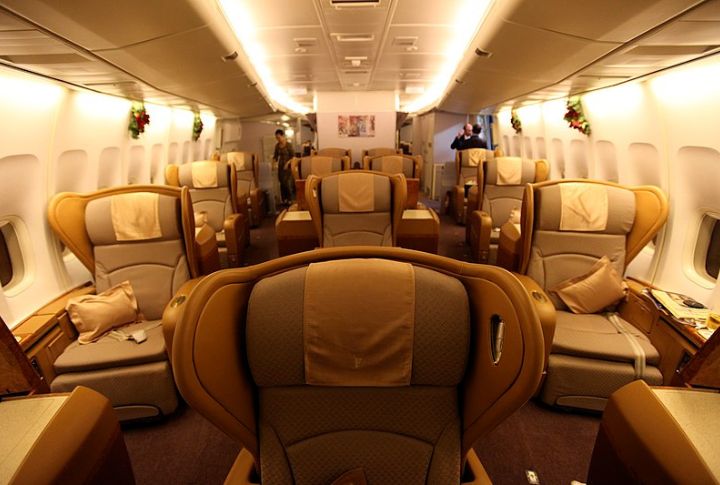
When the Boeing 747 arrived, it changed everything. With long ranges, second stories, and space to walk around, it made international travel glamorous again. The first class was so roomy you could forget you were even on a plane. Suddenly, the world got closer—and comfier.
Flight Attendant Fashion Matched The Times

Airline uniforms once mirrored the runway, evolving with fashion trends. Some carriers embraced mod looks, bold colors, or disco flair, and it made outfits part branding and part theater. They added more than just attire; they added to the flying experience, creating a sense of glamour and anticipation before takeoff.
Cabins Felt Spacious
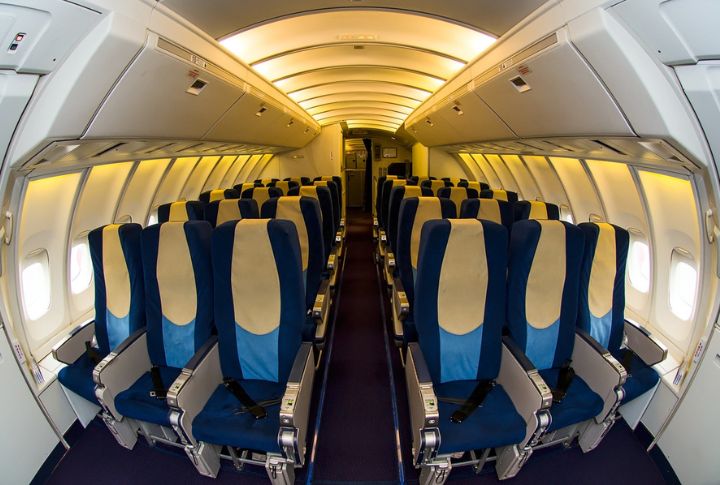
The 747’s high ceilings and layered layout gave flights breathing room. There was space above, beside, and around you. This feature changed the mood because flying rarely felt like confinement. You could look around and see the sky, not plastic bins and knees.
Real Lounges Onboard
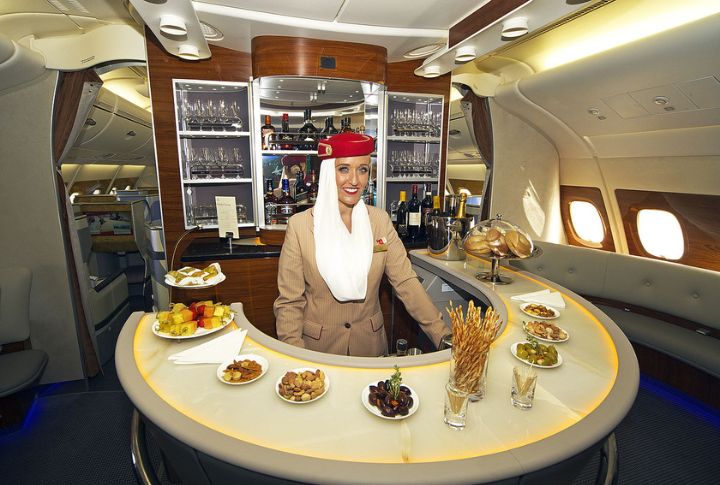
Airplanes had cocktail bars, full lounges with banquettes, and real drinks. They were often in the tail or upstairs. People mingled mid-flight, chatted with strangers, and sometimes danced. Air travel once encouraged joy, not just endurance. The destination could wait.
Checked Bags Came With The Ticket
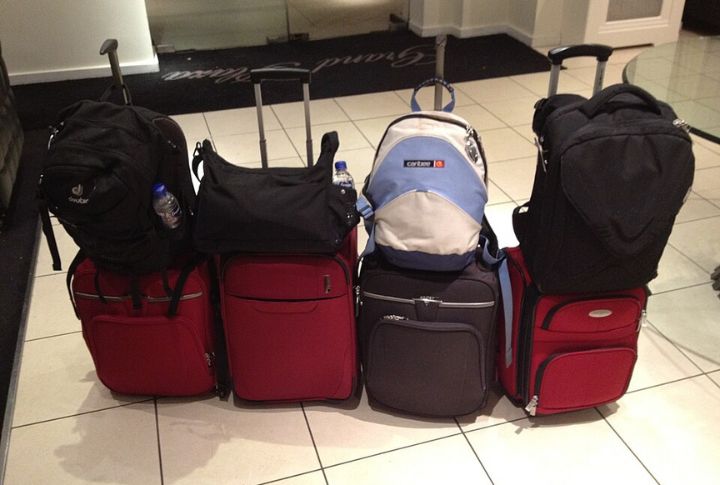
Luggage was handled like a hotel service, not an upsell. There were no baggage fees and no strict carry-on dimensions. Your ticket covered your things, and your bags followed you without hassle. You focused on the flight, and you never had to fight for overhead space.
Faster Boarding, Less Stress

With fewer people and less red tape, boarding moved fast—no zones, no scanning your shoes, and no endless lines. The whole process felt personal. People weren’t funneled through a metal barricade but strolled to their seats. Overall, flying began gracefully.
Flying Boats Could Land Anywhere
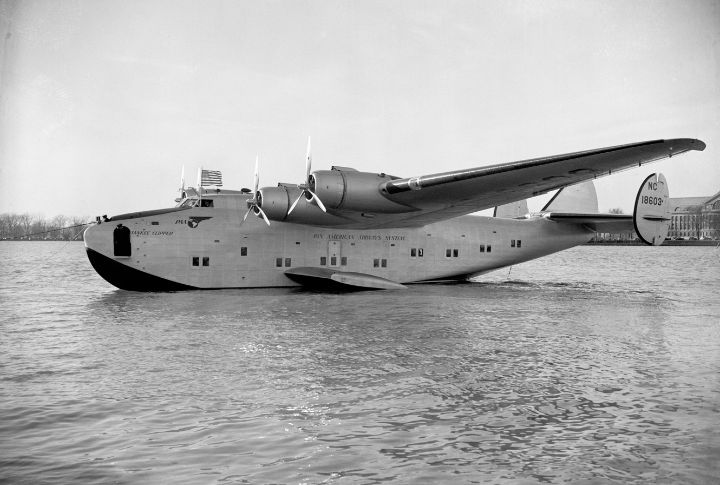
In the early days, runways were optional. Why? Flying boats like the Boeing 314 touched down on bays, lakes, rivers, and oceans, easily connecting remote locations. The splash landings were part of the magic. Back then, water landings weren’t just for emergencies.
First-Class Looked Like A Train Car
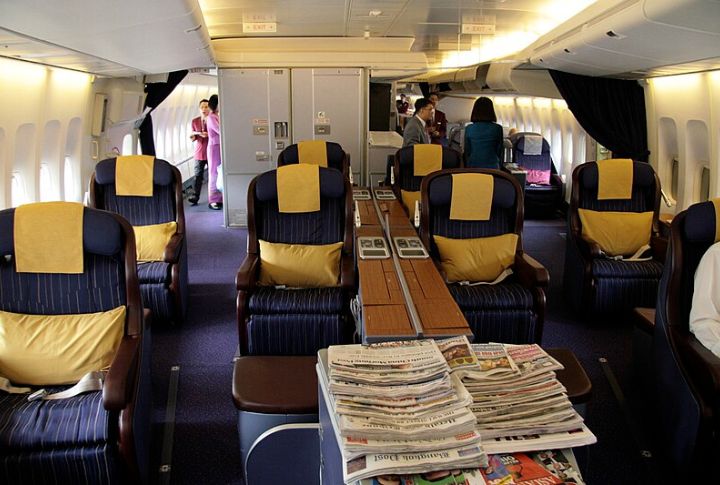
Think velvet seats and curtains instead of plastic dividers. The first class was modeled after luxury railcars. It was roomier and always styled with care. The whole cabin felt curated, down to the smallest detail. With this, you truly traveled and arrived in style.

